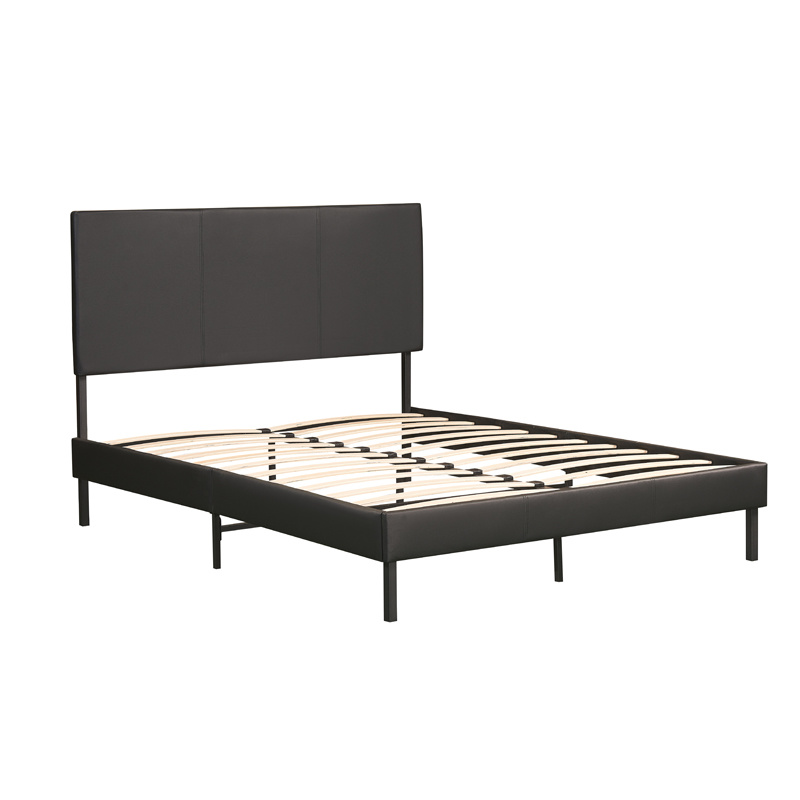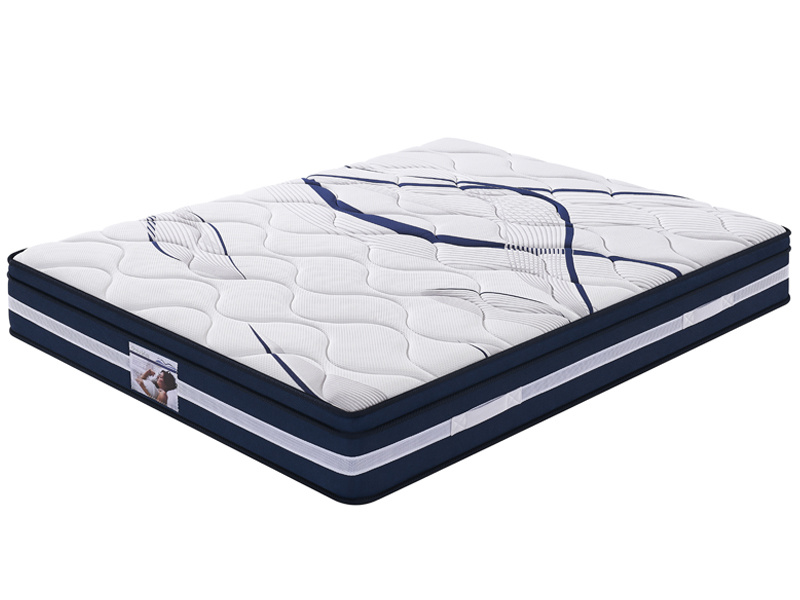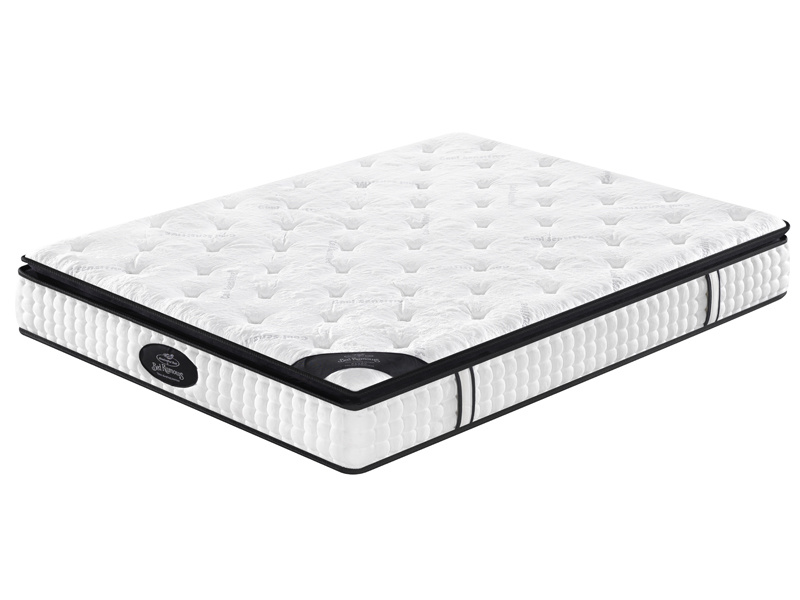Which Type of Mattress is Most Comfortable?
2024-06-11
Which Type of Mattress is Most Comfortable?
Comfort is a subjective concept that varies from person to person, making it challenging to pinpoint a universally "most comfortable" mattress. However, understanding the characteristics of different types of mattresses can help you identify which one might be the most comfortable for your specific needs and preferences. Here’s a detailed look at various mattress types and what makes them comfortable.
Memory Foam Mattresses
Characteristics
- Conforming: Memory foam mattresses are known for their ability to contour to the body, providing personalized support and pressure relief.
- Pressure Relief: Excellent at relieving pressure points, making them ideal for people with joint pain or those who sleep on their sides.
- Motion Isolation: Superior at minimizing motion transfer, making them a great choice for couples.
Comfort Factors
- Body-Hugging Feel: The way memory foam molds to your body can provide a cozy, cradling sensation that many find incredibly comfortable.
- Supportive: Offers good spinal alignment, which can reduce back and neck pain.
- Durability: High-quality memory foam can maintain its shape and support for many years.
Latex Mattresses
Characteristics
- Responsive: Latex mattresses offer a bouncy and responsive feel, unlike the slow contouring of memory foam.
- Natural Materials: Often made from natural materials, making them hypoallergenic and environmentally friendly.
- Pressure Relief: Provides good pressure relief, although not as pronounced as memory foam.
Comfort Factors
- Supportive and Contouring: Offers a balanced feel of support and contouring without the sinking feeling of memory foam.
- Breathable: Naturally cool and breathable, making them comfortable for hot sleepers.
- Durable: Extremely durable and can last many years without significant sagging.
Innerspring Mattresses
Characteristics
- Support: Built with a system of steel coils that provide a firm support structure.
- Breathability: The coil system allows for good airflow, keeping the mattress cool.
- Variety: Available in a range of firmness levels and often topped with different types of padding for added comfort.
Comfort Factors
- Firm Support: Ideal for those who prefer a firmer mattress with a traditional feel.
- Bounce: Provides a bouncy, responsive feel that can be easier to move on.
- Temperature Regulation: Good airflow through the coils helps maintain a cooler sleeping environment.
Hybrid Mattresses
Characteristics
- Combination: Hybrid mattresses combine innerspring coils with layers of foam or latex, aiming to offer the best of both worlds.
- Support and Comfort: Provides the support of innerspring coils and the comfort of foam or latex.
- Versatility: Suitable for a wide range of sleepers due to the combination of materials.
Comfort Factors
- Balanced Feel: Offers a balanced combination of support, bounce, and contouring.
- Pressure Relief and Support: Provides good pressure relief while maintaining support, making it suitable for various sleep positions.
- Breathable: The coil system enhances airflow, helping with temperature regulation.
Pillow-Top Mattresses
Characteristics
- Extra Layer: Features an additional layer of padding sewn onto the top of the mattress.
- Variety: Can be added to innerspring, memory foam, or hybrid mattresses.
Comfort Factors
- Softness: Provides an extra layer of plushness and softness, which can enhance overall comfort.
- Luxury Feel: Often gives a luxurious, hotel-like feel to the mattress.
Adjustable Air Mattresses
Characteristics
- Adjustable Firmness: Allows users to adjust the firmness by inflating or deflating air chambers.
- Customizable: Can be customized to individual comfort preferences.
Comfort Factors
- Personalized Comfort: Offers the ability to change the firmness level to suit changing comfort needs.
- Support: Can provide good support and is often used for medical or therapeutic purposes.
Conclusion
The most comfortable type of mattress depends on individual preferences and specific needs. Memory foam mattresses are often favored for their contouring and pressure relief, making them ideal for side sleepers and those with joint pain. Latex mattresses offer a responsive and breathable option that is both supportive and durable. Innerspring mattresses provide firm support and good airflow, while hybrid mattresses offer a balanced combination of support and comfort. Pillow-top mattresses add an extra layer of plushness, and adjustable air mattresses provide customizable firmness. By considering your sleeping position, any specific health concerns, and personal preferences, you can find the mattress type that will provide you with the most comfort for a restful night’s sleep.













